Build, build, blast off
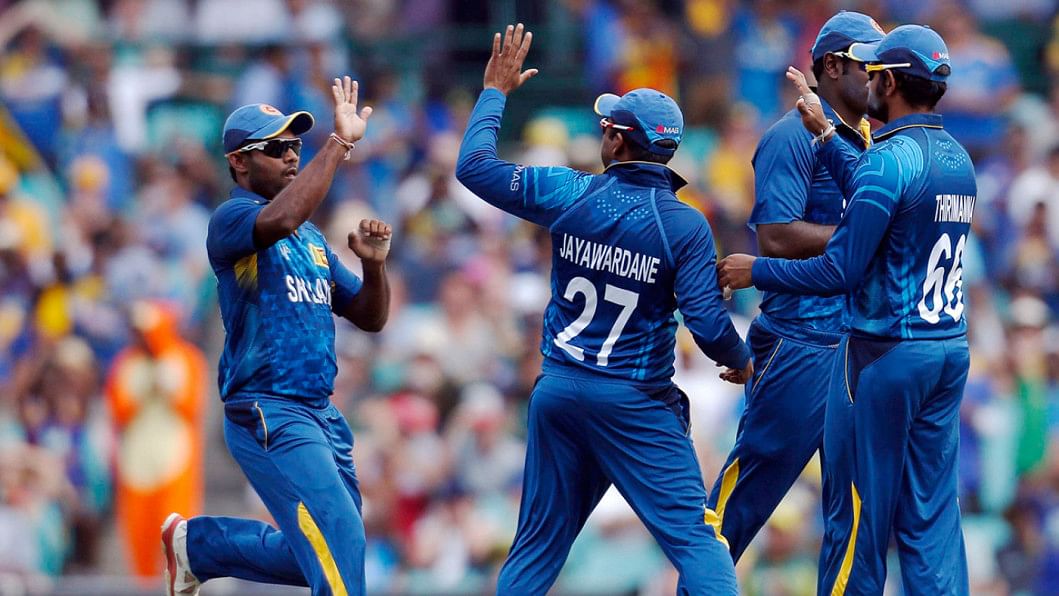
In the southern hemisphere, where, as urban legend has it, water circles into a drain in the opposite direction to that up north (not true), there has emerged one certainty. The rules, conventions and theories relating to ODI cricket have been stood on their head.
The smash-bang of the first 15 overs; the acceleration of the Powerplay, taken before the tail end of an innings; the doubling of the 30-over score - that is all so 2011.
Through the group stages of this World Cup, there has been a change of tempo: with a bat-first innings paced like a long-distance race: few frenzied starts, and the kick is kept for the end, like with Gebreselassie in his prime.
The statistics reveal the pattern: over the course of the last five World Cups, the shift in run rates has taken place not in the first 15 overs despite batting-friendly fielding rules but rather in the death overs.
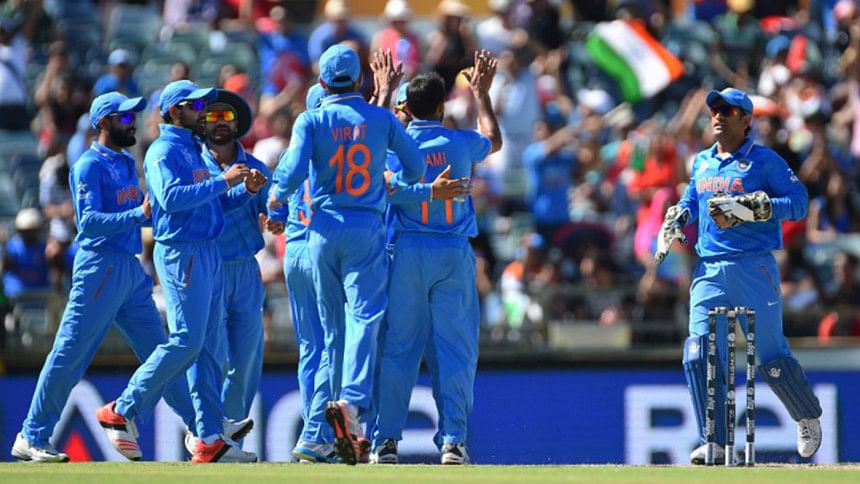
Run rates across the first ten overs in the last four World Cups have been fairly similar: from 4.54 (2003) to 4.38 (2007), 4.73 (2011) and 4.74 (2015). The rationale for the change of ODI rules, bringing in Powerplays and field restrictions, was to make 50-over games free of their turgid middle overs. The Powerplays were meant to lure batsmen into taking the six-or-out cavalier approach, and at one point they did end up making batsmen overthink, and made them profligate in their shot selection as they tried to force the scoring rate, squandering wickets in the process.
Yet like water, the middle overs have found their level again - full of singles and steady cricket, nurdles and low-risk scoring. The new rules - a new ball at every end and only four fielders allowed outside the 30-yard circle - have added to overs Nos. 15 to 35 being dealt with fairly respectfully by batsmen. Each World Cup has marked small changes in scoring rates in overs 15 to 35: from 4.33 in 2003 to 4.69 in 2007, dropping to 4.58 in 2011.
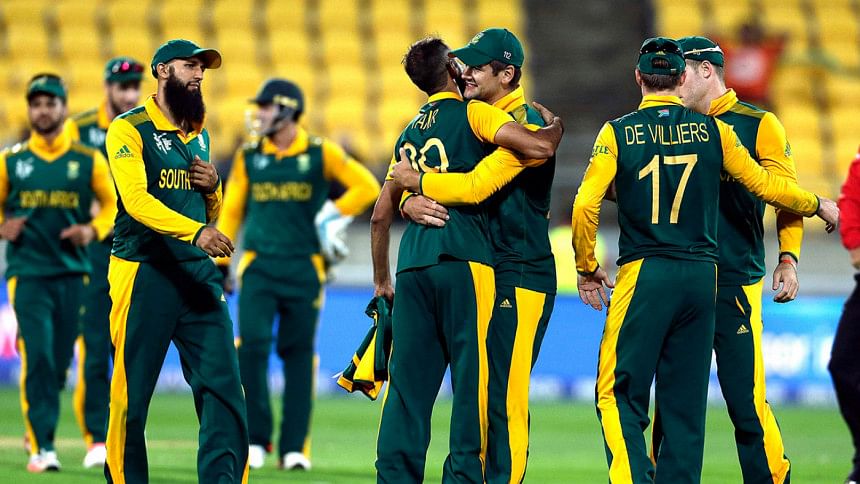
At the current World Cup teams have been content to score at 5.01 runs an over in the first innings, due to what takes place in the last 12 or so overs.The big numbers - a direct reflection of the influence of T20, as well as of the new rules - are to be found at the far end of a 50-over innings, in the last ten overs: from 6.98 in the West Indies 2007 to 7.01 in India, Sri Lanka and Bangladesh 2011. And in 2015, the stratosphere is the limit; at the end of the group stage, it was 8.44 runs an over.
David Warner says Australia approach their 50 overs in two ways: "positive", aka attack in the first ten, and from then on, "pick the gaps until the last 15". Teams with tall totals in the World Cup have, he said, "pretty much batted at a nice rate to about the 30-over mark without losing too many wickets, and then they've gone from there for the last 15 or 10 overs, accelerated and got 125 to 150 off that last 15 overs".
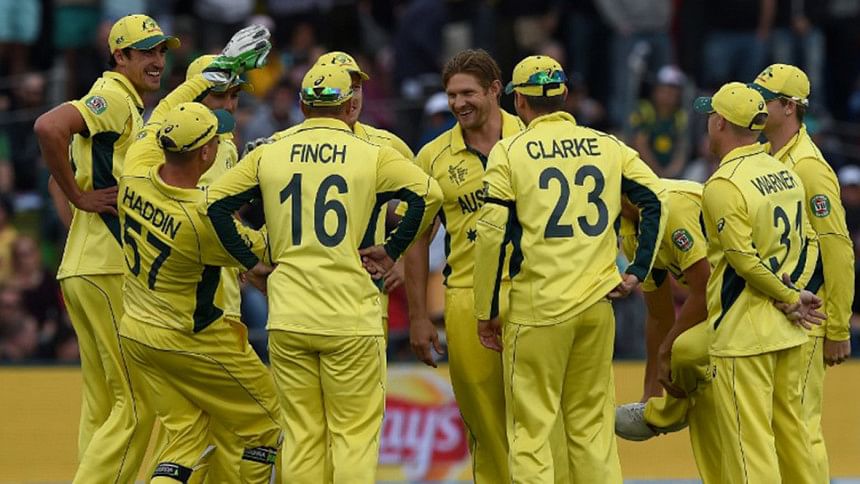
South Africa's Morne Morkel had sympathy for a fellow fast bowler. "Poor old Jason Holder bowled well against us and then came back and went for 80. With two new hard balls, Powerplays at the back end, if teams have wickets in hand - those last 15 overs, you can easily go for ten an over if you don't have proper control. It's things we as bowlers are aware of."
A bowler knows, Morkel says, run-rate security is a misnomer for ODI bowlers: if he goes for seven apiece in his first spell, it could well be 100 at the far end.
The way to tackle the onslaught is to take wickets. Pakistan captain Misbah-ul-Haq has said that asking his pacers to go full tilt is the only way. For Pakistan, two spinners in the side is difficult, "because sometimes you lose that pressure which is built by the pacers, especially up front. Our approach is straightforward, simple: go out there, be positive, and especially when you are there to bowl, just try to get wickets."
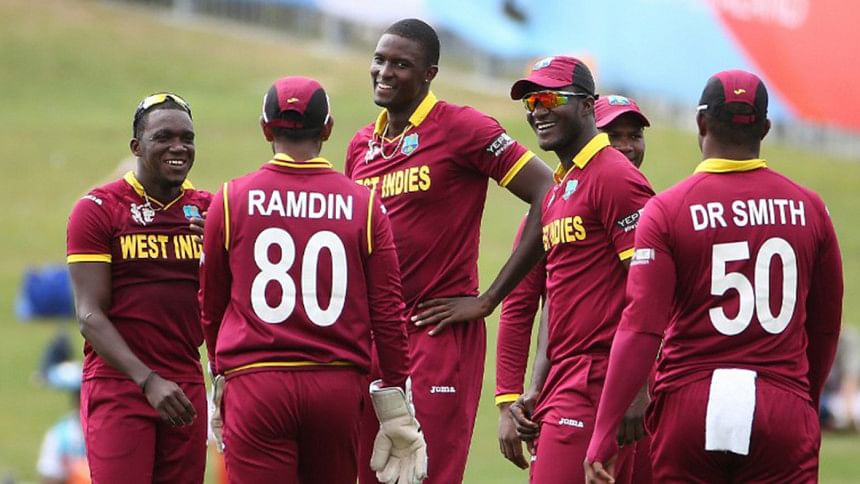
Occasional Australia ODI captain George Bailey agrees that the bowling side must make the opening aggressive play with the new ball and upset a team's innings construction all the way up to the 35th over. "As a bowling team, the best way to negate that is to get a team five or six down by the time you get to that 35th-over mark. That makes it really hard for the batting team to launch, or to know when to launch."
In helpful conditions, India with their spinners do the opposite of Pakistan and use scoreboard-pressure strangulation better than most teams. The rules that have changed the pattern of ODI play are not loved at all by MS Dhoni, as they have made India play with one specialist batsman fewer. But it is the Indian pace bowling that has stepped up and given India a storm trooper performance in the group stage.
Everyone is largely in agreement about how the rules have impacted the tempo of the ODI at this World Cup, but Mitchell Johnson wonders if the "fearlessness" of the last 12-15 overs may have to do with the relatively lower pressure of group games. Johnson said he always expects kamikaze batting at the end of a 50-over innings. "It is what we accept in this day and age. Two new balls with four fielders out makes it a little bit predictable." Will the approach remain the same when the temperature of the tournament rises, as it will, starting on Wednesday? "It will be interesting to see if there's a bit more pressure on how guys play the game. Coming into a quarter-final, we'll see if guys are still prepared to play that type of cricket."
In the case of these latest ODI rules, the change has done the opposite of what the rules intended. They will be up for review after this World Cup, and any new rules, if passed, will come into play only in October, for the next World Cup cycle. The 50-over game is once again seeking to get the balance right between attack and defence

 For all latest news, follow The Daily Star's Google News channel.
For all latest news, follow The Daily Star's Google News channel. 



Comments